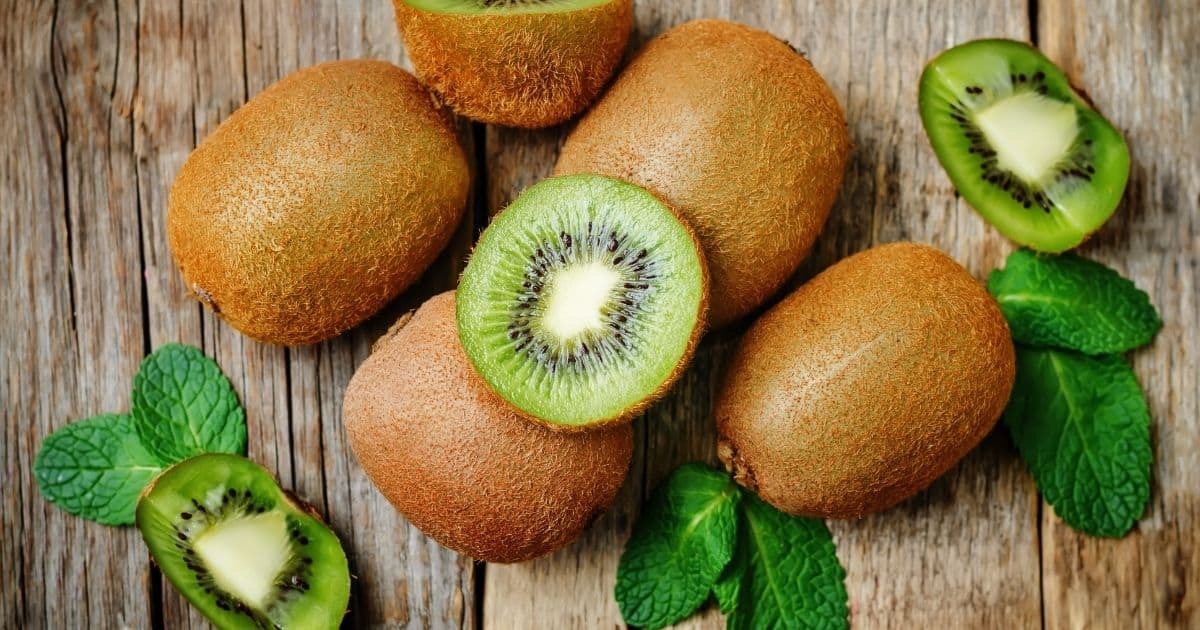

Articles
How To Store Kiwi
Modified: February 22, 2024
Learn the best methods for storing kiwi fruits to keep them fresh and delicious. Read our articles on proper storage techniques and maximize the shelf life of your kiwis.
(Many of the links in this article redirect to a specific reviewed product. Your purchase of these products through affiliate links helps to generate commission for Storables.com, at no extra cost. Learn more)
Introduction
Kiwi, also known as the fuzzy kiwifruit, is a delicious and nutritious fruit that is loved by many. With its vibrant green color and refreshing flavor, it is a popular choice for snacks, desserts, and smoothies. However, like most fruits, kiwis have a limited shelf life and can spoil if not stored properly.
In this article, we will explore the best methods for storing kiwi to extend its freshness and preserve its flavor. Whether you have just picked up a basket of fresh kiwis from the market or have a surplus from your own garden, these storage tips will help you enjoy the fruit at its best for longer periods of time.
Key Takeaways:
- Choose firm, smooth, and vibrant green kiwis for optimal storage. Wash, dry, and leave the skin intact before storing. Rotate and check for ripeness to enjoy fresh kiwis longer.
- Store kiwis at room temperature or in the refrigerator for short or extended shelf life. Freeze surplus kiwis for up to 12 months. Wrap cut kiwi tightly and refrigerate promptly for prolonged freshness.
Read more: How To Store Kiwi In The Fridge
Choosing the Right Kiwi
When it comes to storing kiwis, it’s essential to start with selecting the right ones. Here are a few tips to help you choose the best kiwis:
- Look for kiwis that are firm but slightly yielding to gentle pressure. Avoid ones that are too soft or mushy, as they may be overripe.
- Check the skin for any signs of wrinkling, bruising, or discoloration. A smooth and blemish-free skin indicates the fruit’s freshness.
- Inspect the stem of the kiwi. If it is still attached, it should be green and not dried out.
- Choose kiwis that have a vibrant green color. Avoid ones with too much brown or yellow, as they may be overripe or underripe, respectively.
By selecting the right kiwis, you are setting yourself up for success in storing them effectively.
Preparation Before Storing
Before you begin the storing process, it’s important to properly prepare your kiwis. Follow these steps to ensure optimal storage:
- Wash and dry: Start by washing the kiwis under cool water to remove any dirt or residue on the skin. Gently pat them dry with a paper towel.
- Separate any damaged or spoiled kiwis: Inspect your kiwis and remove any fruits that are bruised, mushy, or showing signs of rot. This prevents the spread of spoilage to the other kiwis.
- Leave the skin intact: It is best to leave the skin on the kiwi while storing. The skin acts as a protective barrier and helps to maintain the fruit’s moisture levels.
- Do not peel or slice: Avoid peeling or slicing the kiwi before storing, as it can expose the fruit to air and accelerate the ripening process.
By taking these preparation steps, you are ensuring that your kiwis are in the best condition for storage and will stay fresh for longer periods of time.
Storing Kiwi at Room Temperature
If you plan on consuming your kiwis within a few days, storing them at room temperature can be a good option. Follow these steps for optimal storage:
- Select a cool and well-ventilated area: Find a spot in your kitchen or pantry that is away from direct sunlight and heat sources. A cool room with good air circulation is ideal for storing kiwis.
- Avoid overcrowding: Place the kiwis in a single layer in a fruit bowl or on a tray, making sure they are not touching each other. Overcrowding can lead to bruising and spoilage.
- Check for ripeness: Regularly inspect your kiwis for ripeness. Press gently on the fruit to see if it gives slightly. If they become too soft or show signs of overripening, it is best to refrigerate them.
- Rotate the kiwis: To ensure even ripening, periodically rotate the kiwis in the fruit bowl or tray. This helps prevent any one side from becoming overly ripe or mushy.
By storing kiwis at room temperature, you can enjoy their natural flavor and aroma. However, keep in mind that they will ripen faster in these conditions, so it’s important to consume them before they become overripe.
Storing Kiwi in the Refrigerator
If you want to extend the shelf life of your kiwis, storing them in the refrigerator is the best option. Cold temperatures help to slow down the ripening process and maintain the fruit’s freshness. Follow these steps for proper refrigeration:
- Choose the right storage container: Place the kiwis in a breathable container, such as a perforated plastic bag or a produce storage container with ventilation. This allows air circulation and prevents the accumulation of moisture that can lead to mold development.
- Keep away from other fruits: Kiwis release a natural gas called ethylene that can speed up the ripening process of nearby fruits. Therefore, it’s best to store kiwis separately from other produce to prevent premature spoilage.
- Set the right temperature: Set your refrigerator to a temperature between 32°F (0°C) and 40°F (4°C). Avoid storing kiwis in the coldest part of the fridge, such as the back of the freezer compartment.
- Optimal humidity: Kiwis prefer moderate humidity levels. If your refrigerator has a humidity control feature, set it to around 85% to maintain the fruit’s moisture content.
- Check and rotate: Regularly inspect the kiwis for any signs of spoilage or overripeness. If you spot any damaged or overly ripe fruits, remove them promptly to prevent contamination.
By following these guidelines, you can enjoy fresh and flavorful kiwis for up to two weeks in the refrigerator. Remember to consume them before they become too soft or mushy.
Store kiwi in the refrigerator to keep it fresh for up to 4 weeks. Keep them away from other fruits as they release ethylene gas, which can cause kiwi to ripen too quickly.
Read more: How To Store Kiwi In The Freezer
Freezing Kiwi
Freezing is a great option if you have a surplus of kiwis or want to enjoy them beyond their usual shelf life. Follow these steps to freeze kiwis:
- Peel and slice: Start by peeling the kiwis and slicing them into desired shapes, such as rounds or halves. Removing the skin before freezing helps preserve the texture and flavor.
- Prepare a syrup: Create a syrup mixture by dissolving 1 cup of sugar in 4 cups of water. This syrup helps to maintain the kiwis’ moisture and prevents the formation of ice crystals.
- Dip in syrup: Dip the kiwi slices or halves into the syrup mixture for a few seconds. This additional step helps to preserve their natural color and texture during freezing.
- Arrange in a single layer: Place the dipped kiwis in a single layer on a baking sheet lined with parchment paper. Make sure the kiwis are not touching each other to prevent them from freezing together.
- Flash freeze: Place the baking sheet in the freezer and let the kiwis freeze for about 2 hours, or until they are firm. Flash freezing prevents the formation of large ice crystals.
- Transfer to a freezer bag: Once the kiwis are firm, transfer them to a freezer-safe bag or airtight container. Remove as much air as possible to prevent freezer burn.
- Label and date: Don’t forget to label the bag or container with the date of freezing. This helps you keep track of their freshness and ensures you use them within a reasonable time.
Frozen kiwis can be stored in the freezer for up to 12 months. They are great for adding to smoothies, making sorbets, or as a refreshing frozen snack.
Storing Cut Kiwi
If you have leftover or cut kiwi that you want to store, it’s important to take proper precautions to maintain its freshness and prevent spoilage. Here are some tips for storing cut kiwi:
- Wrap with plastic wrap: Place the cut kiwi pieces on a plate or in a storage container and cover them tightly with plastic wrap. This helps to seal in moisture and prevent exposure to air.
- Refrigerate promptly: Put the wrapped cut kiwi in the refrigerator as soon as possible. Chilled temperatures slow down the ripening process and help the fruit stay fresh for longer.
- Consume within a few days: Cut kiwi should ideally be consumed within 2-3 days to ensure the best flavor and texture. Discard any leftovers that show signs of spoilage, such as a slimy texture or off odor.
- Consider using lemon juice: If you plan on storing cut kiwi for a longer duration, you can sprinkle some lemon juice on the fruit to help delay browning. The acid in the lemon juice slows down the enzymatic processes that cause browning.
- Store separately: If storing cut kiwi alongside other fruits or vegetables, make sure to keep them in a separate container. Kiwi releases ethylene gas, which can accelerate the ripening of nearby produce.
By following these guidelines, you can extend the shelf life of cut kiwis and enjoy them in various culinary creations.
Tips for Prolonged Storage
If you want to maximize the storage life of your kiwis and enjoy their delicious flavor for an extended period, here are some additional tips to consider:
- Avoid washing before storage: It’s best to wash kiwis just before consuming them. Excess moisture can promote mold growth and spoilage while in storage.
- Keep an eye on ripeness: Check your stored kiwis regularly for ripeness. Remove any overly ripe or spoiled fruits to prevent them from affecting the others.
- Use the FIFO method: FIFO stands for “first in, first out.” When consuming stored kiwis, remember to consume the older ones first to prevent any fruit from going to waste.
- Consider canning or preserving: If you have a surplus of kiwis, you can explore canning or preserving methods to prolong their shelf life. This allows you to enjoy the fruit even outside of its usual season.
- Store in a cool, dark place: If refrigeration is not an option, storing kiwis in a cool, dark place can help delay the ripening process and extend their freshness. Basements or root cellars can provide suitable conditions.
- Don’t store near ethylene-producing fruits: Kiwis are sensitive to ethylene gas, which is naturally produced by certain fruits like apples and bananas. Keep kiwis away from these ethylene-producing fruits to prevent premature ripening.
By applying these tips, you can significantly prolong the storage life of your kiwis and ensure that they remain delicious and enjoyable for an extended period.
Conclusion
Proper storage techniques are essential for maintaining the freshness and flavor of kiwis. Whether you prefer to store them at room temperature, in the refrigerator, or even freeze them, following the right methods will help you enjoy kiwis for longer periods of time.
When choosing kiwis, look for ones that are firm, have smooth skin, and vibrant green color. Prepare them by washing, drying, and removing any damaged or spoiled fruits. Depending on your storage preference, kiwis can be stored at room temperature, in the refrigerator, or frozen for later use.
If you have cut kiwis, wrap them tightly in plastic wrap and refrigerate them promptly. For prolonged storage, be mindful of ripeness, avoid excess moisture, and consider canning or preserving techniques.
By implementing these storage tips and techniques, you can extend the shelf life of your kiwis, reduce waste, and always have this delightful fruit on hand for your snacking and culinary needs.
So, the next time you bring home a batch of kiwis, remember to store them properly and enjoy their irresistible taste and nutritional benefits for as long as possible!
Frequently Asked Questions about How To Store Kiwi
Was this page helpful?
At Storables.com, we guarantee accurate and reliable information. Our content, validated by Expert Board Contributors, is crafted following stringent Editorial Policies. We're committed to providing you with well-researched, expert-backed insights for all your informational needs.
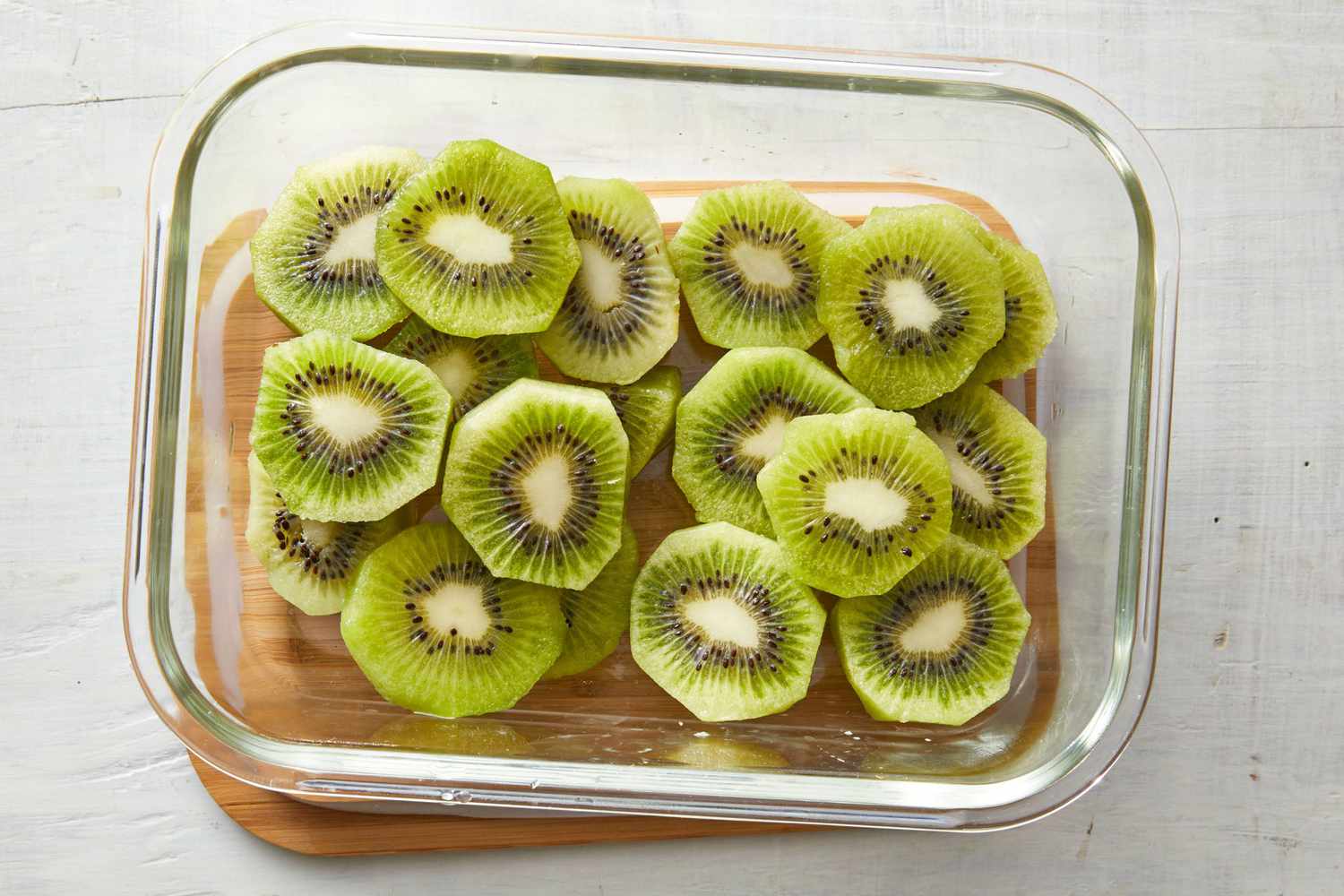
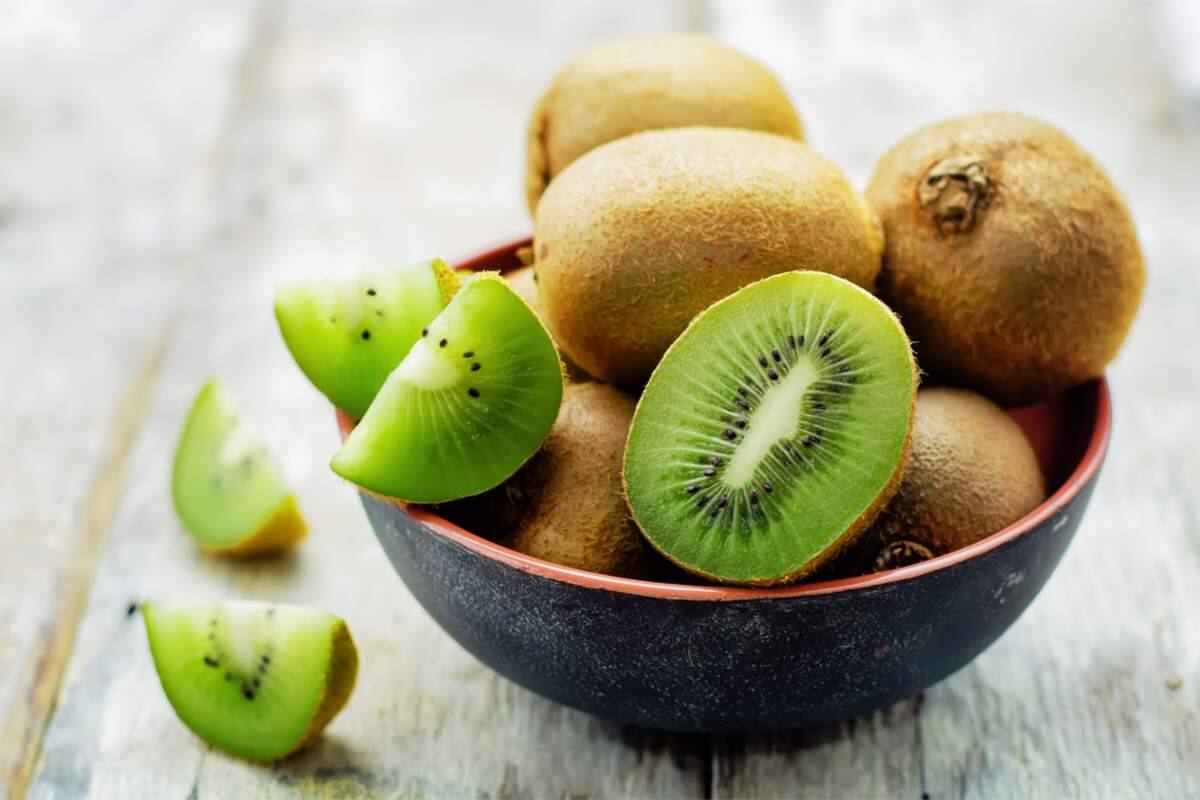
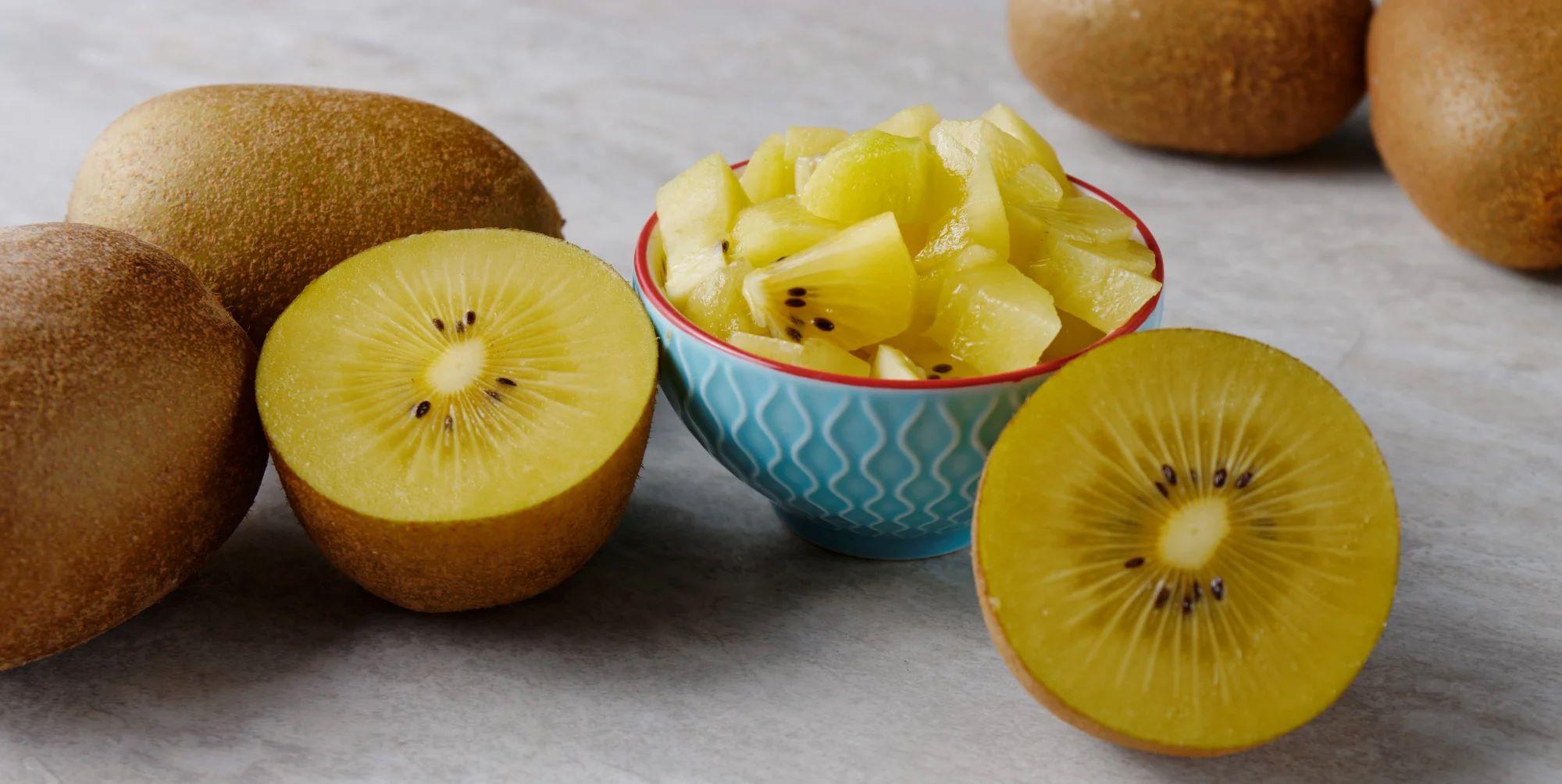
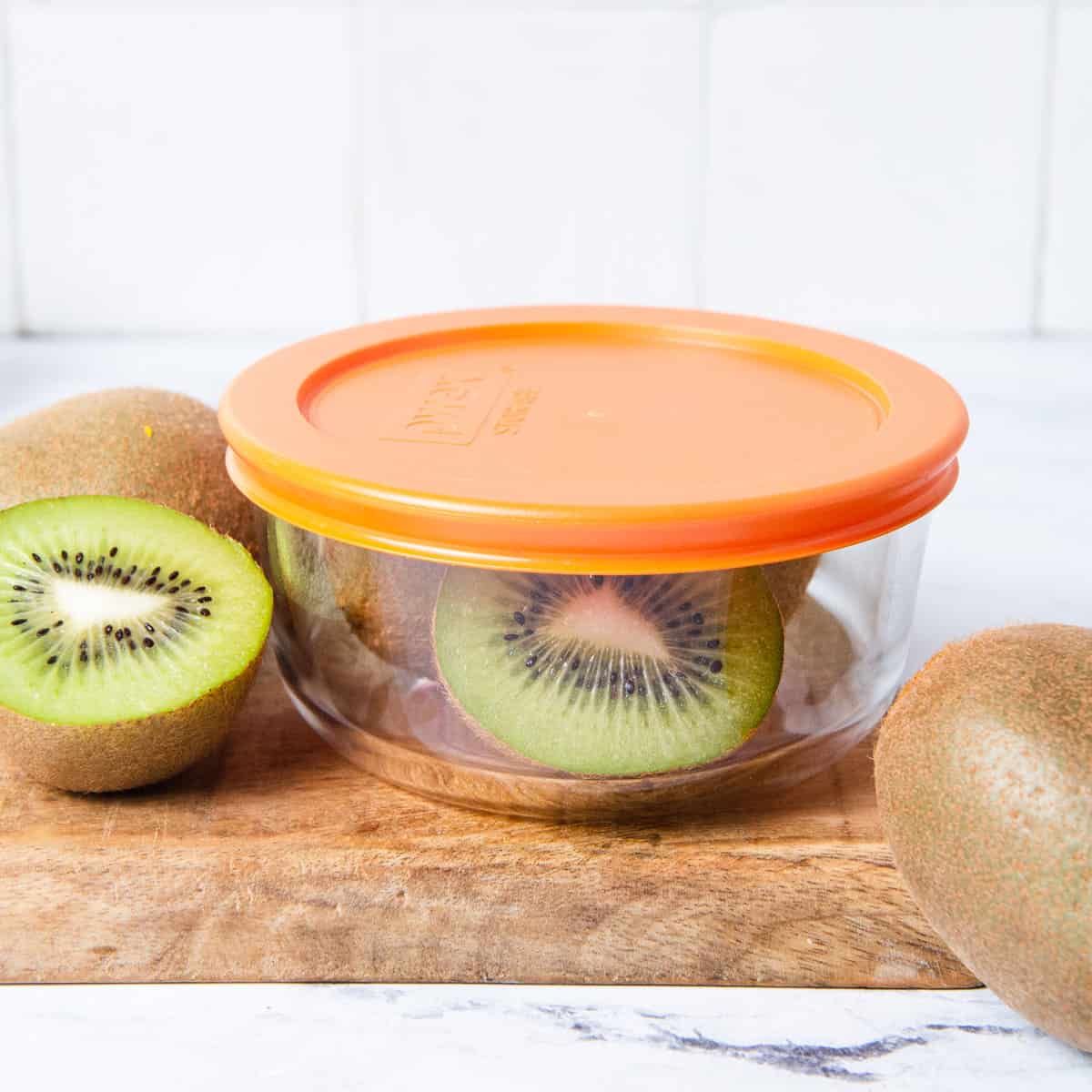
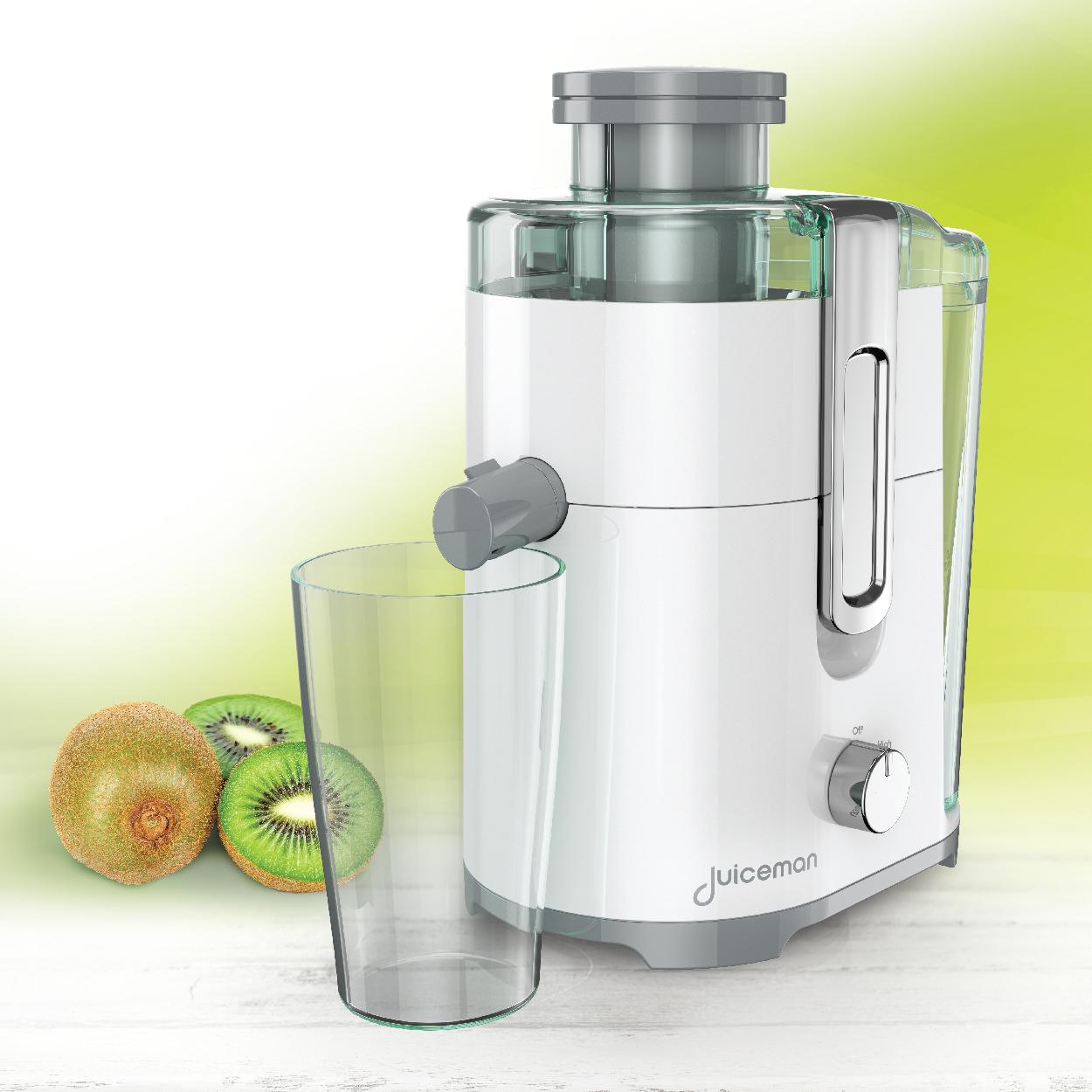
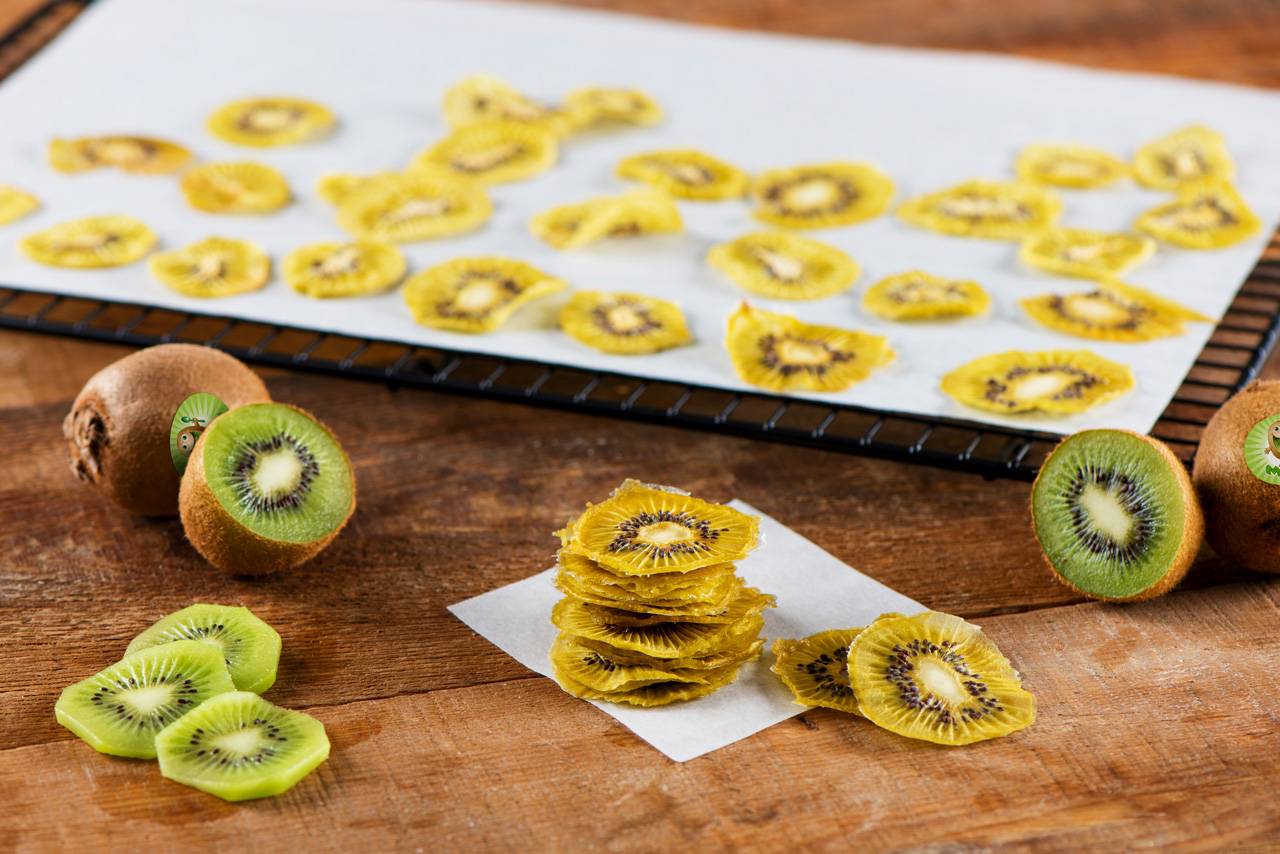
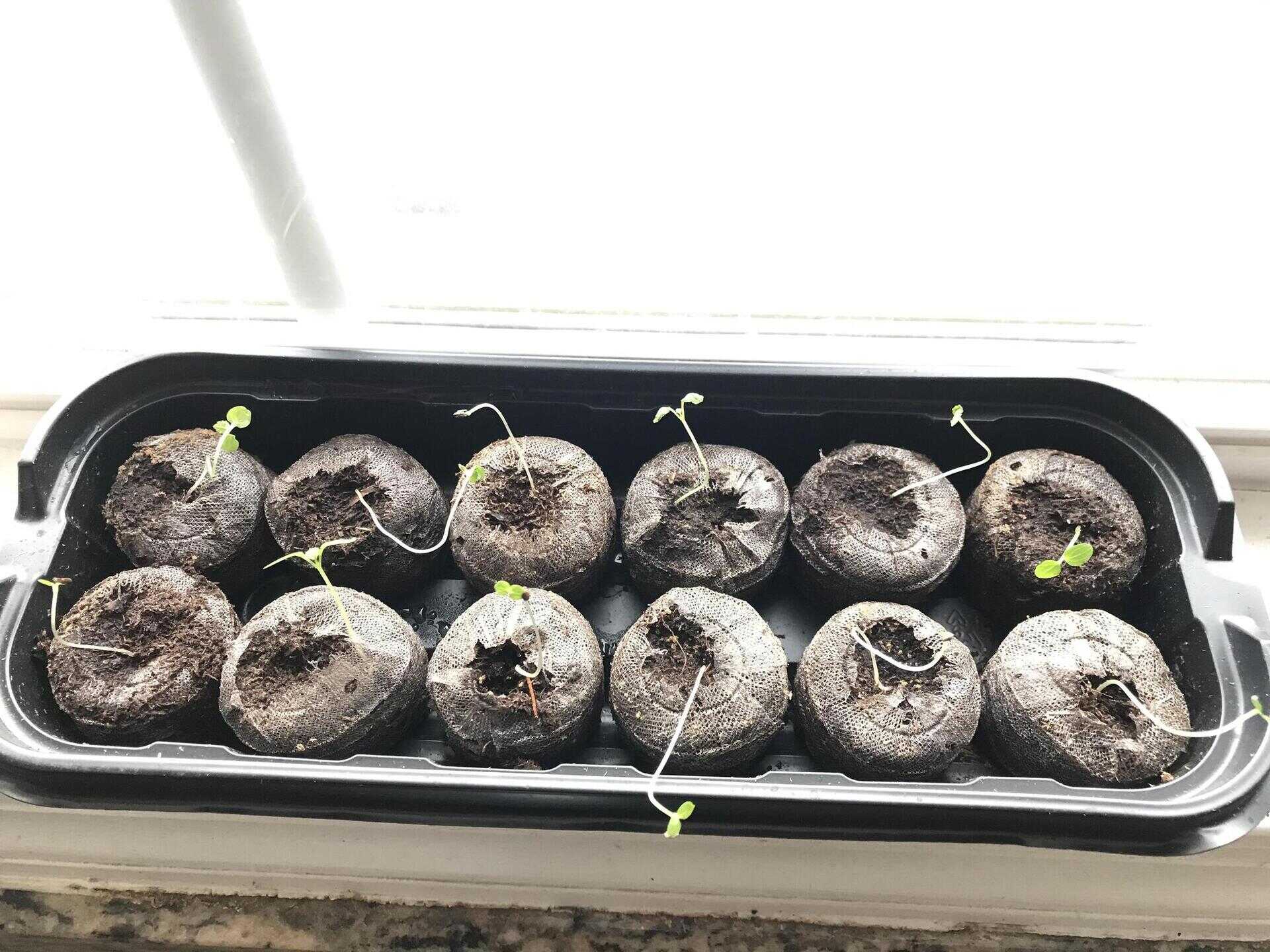




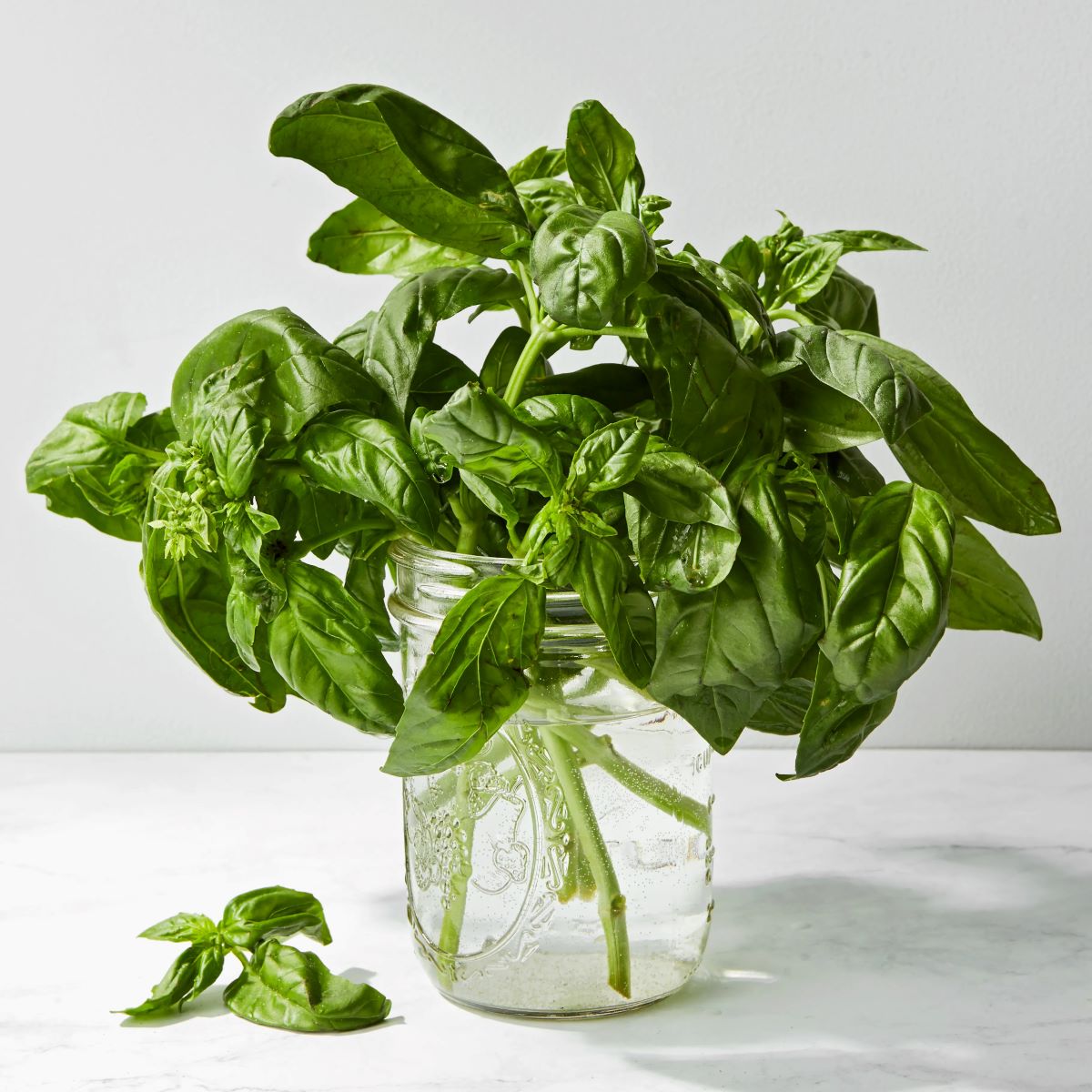
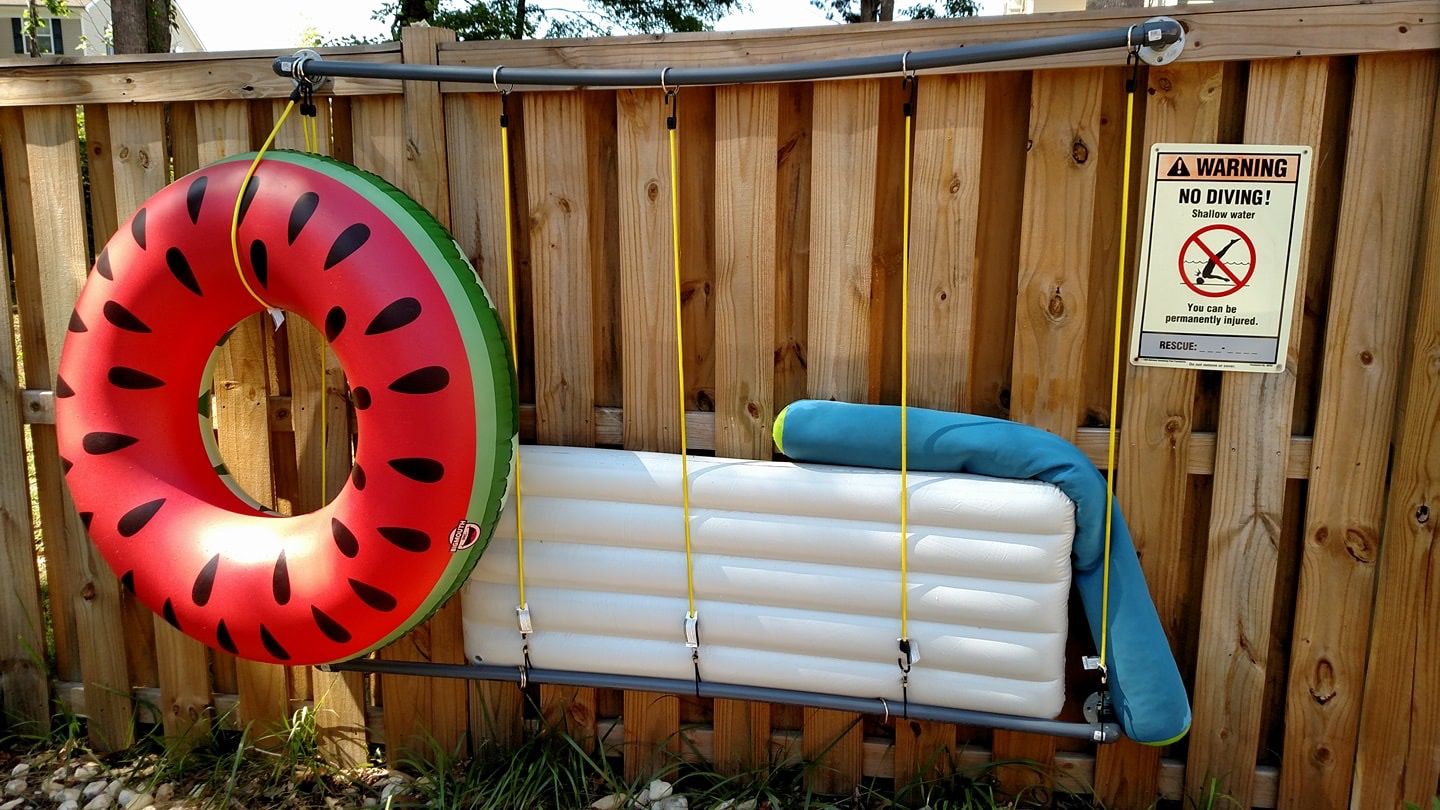


0 thoughts on “How To Store Kiwi”